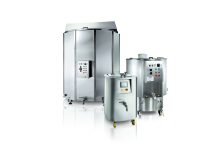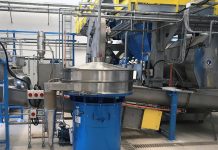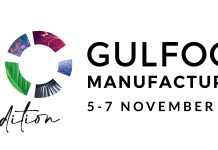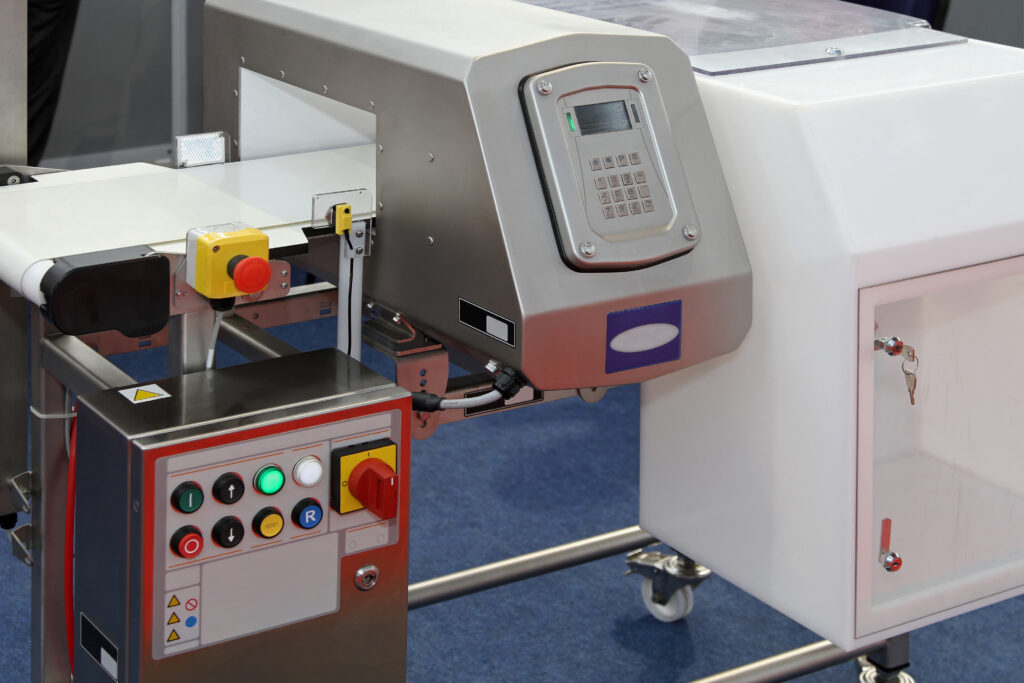 Food processors may opt for check weighers, metal detectors and x-ray systems for the detection of foreign matters: the artificial visual inspection. All assisted by hardware and software to ensure the complete automation of the quality control of the production line.
Food processors may opt for check weighers, metal detectors and x-ray systems for the detection of foreign matters: the artificial visual inspection. All assisted by hardware and software to ensure the complete automation of the quality control of the production line.
The on-line quality control of food productions contributes to limit wastes, ensures that the final product complies with company specifications and current regulations, protects the company from any complaints and the withdrawal of non-compliant goods.
The food industry can rely on check-weighers, metal detectors, complete with conveyor belts and reject devices, combined systems comprising check-weighers and metal detectors that, with their small size, ensure a more comprehensive inspection of the package. Other in-line inspection systems avail themselves of X-rays, suitable for inspecting all types of packaging, even those on which the metal detector fails to operate, as well as visual inspection systems.
Control of foreign matters and metals
Metal detectors are used for the detection of foreign metal parts in products or packs. These systems can be inserted into existing lines, together with automatic ejection systems of non-compliant products. For a control that is not limited to the detection of metals, food processing firms can install x-ray inspection systems.
In addition to the search for foreign objects, x-ray systems can also perform quality inspections concerning shape, dimensions, filling, volume etc. X-ray systems also allow the inspection of packaged products inside metal packaging. A food quality inspection system installed on a production line contributes to reduce the risk of contamination, in this case by foreign materials. However, what is the best position to install a control system?
Contamination can occur in different points of the line, from the processing of raw materials to the final product packaging. The evaluation therefore changes depending on the production line, which must be analysed to identify the most critical points. At the beginning of the production line, the detection of foreign materials could be used to reduce production wastes. It is possible to intervene at the level of semi-finished products, during the cutting of the products, before packaging.
At the end-of-line stage, when the product has been packaged, the verification of the absence of foreign materials is recommended to prevent that a defective product is marketed. When the risk of contamination may occur in several productive stages, food companies often decide to install inspection and control systems both at the beginning of the processing line and at the end of it, when the product is already packaged.
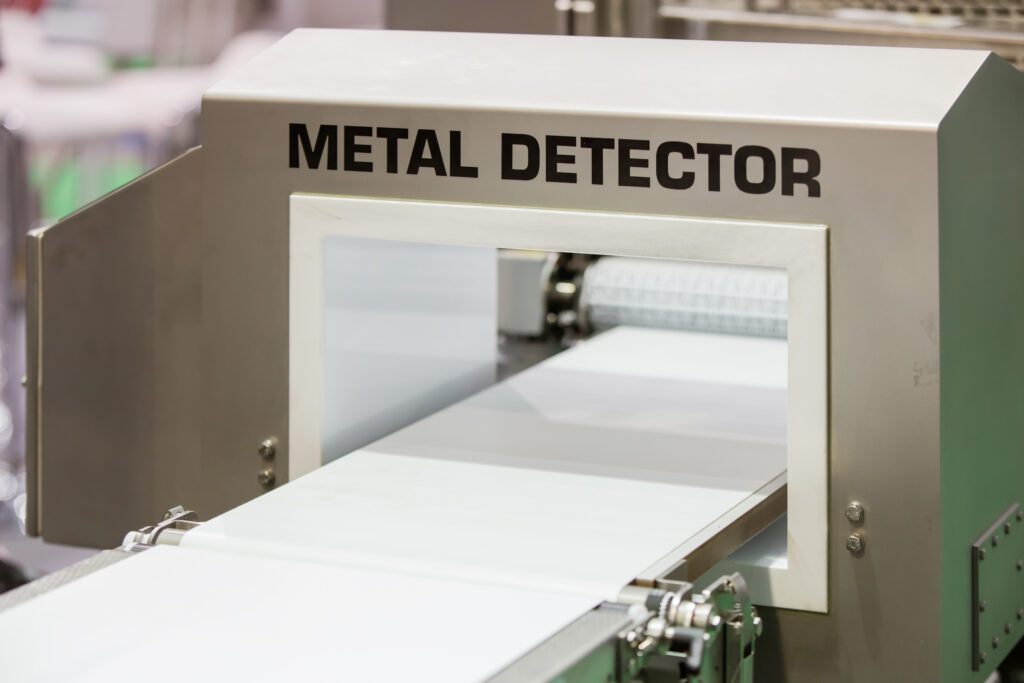 Check weighers
Check weighers
The regulations concerning quality certification of products require the weight control of the packaged products. The laws state that the producer is required to carry out and document the necessary controls in order to protect the end-user. Weight control also allows the food company to effectively manage the production process and take actions to reduce wastes and scraps. Weight control can be performed at various points of the production line.
It is possible to verify that the weight on the label of each package conforms to what is detected during the check. In this case, the control is carried out when the package is closed. The control may take place during the dosing of the product itself to assess whether appropriate changes to the filling system should be made. The weight assessment is carried out while dosing each ingredient or to verify the completeness in case of multiple packs.
Food companies prefer in-line weight control over product sampling, which allows data to be collected for each individual ingredient or finished product. The control directly in the production line is possible with check weighers equipped with automatic rejection units. Real-time weight control makes production data available in real time, with the possibility to intervene immediately on process parameters. Modern check weighers are tools that do not require the supervision of an operator, but can dialogue with the data management systems, on recipes, dosage etc.
Once the defect of rejected products has been verified, it is possible to take actions in real time, thus reducing plant downtime and risks due to non-compliant weight. An automatic weight control system also allows the company to know the average filling weight, a very useful data in automatic packaging lines. Thanks to the data collected by the check weigher, the filling system can be adjusted automatically.
If necessary, food companies can equip each individual dosing unit with a load cell, which checks in real time the delivered quantity and can make corrections when required. Check weighers are designed to work with high reliability even in hostile environments, in terms of temperature and humidity, typical of the food industry.
Vision systems
An artificial vision system that uses one or more cameras, equipped with a lighting system and connected to an image processing software, allows a more global verification of the packages. Labelling errors can be detected, both in writing and positioning, as well as the selection and reading of codes and characters, even if displayed differently, in multiple versions and in various formats.
Visual inspection systems are capable of reading a wide range of different barcodes and fonts. With the same efficiency, they can read the information on packages of different shapes, oriented in different ways along the production line. There are systems capable to carry out inspections at 360°, thus making it possible to locate and check the codes on not oriented containers or positioned at the top or bottom of the package.
Vision systems are also able to quickly identify products with missing or wrongly applied caps: they reject them from the production line and alert operators. Likewise, they can be used for the detection of the filling level of all packages or even to inspect the fraud protection seal, ensuring that it is properly applied. There are inspection systems on the market that can effectively inspect packages all types of packages.
If multiple factors need to be checked, perhaps at high production speeds, it is advisable to use PC-controlled visual inspection systems to achieve greater processing power. Not only. In more complicated inspection solutions, vision systems are controlled by software that can vary the degree of illumination and the arrangement of the cameras. Food companies can opt for the integration of the visual inspection system in the existing production plant, to minimize the impact and footprint with the equipment already present in the production line, without losing effectiveness.
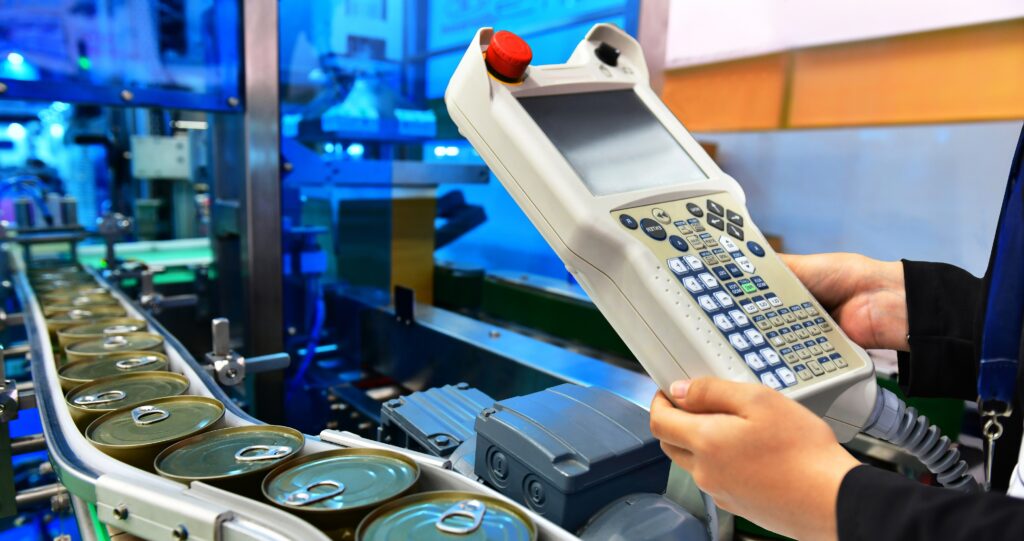 Hardware and software assist control systems
Hardware and software assist control systems
Food companies can entrust the control over the production line to hardware and software designed to manage machines and data. Thus, they have the possibility to check in real time the line efficiency and to intervene immediately to avoid defective batches and reduce the production wastes. It is therefore possible to record the operating data collected by the lines, manage additional data, transmit the different working parameters to the production lines, interface with handling systems and automatic warehouses.
The monitoring software allows to check the status of the warehouse, by processing the shipping order according to the needs of the moment. Not only. Some systems can interface with badge reading systems and the operator, recording the performed operations. The software also reports the timing of scheduled maintenance operations, and updates and records the interventions carried out. The software packages allow the complete archive management, as well as real time production monitoring and control.
They read the data sent by the various devices and save them in a central database. The data are available for the user for consultation, management and processing, from any workstation (PC, mobile phone, tablet) connected to the server. Along the entire production line, it is therefore possible to view in real time the status of the machines and any errors; record and save events; print the historical production data for each machine; perform statistical analysis on productivity.

